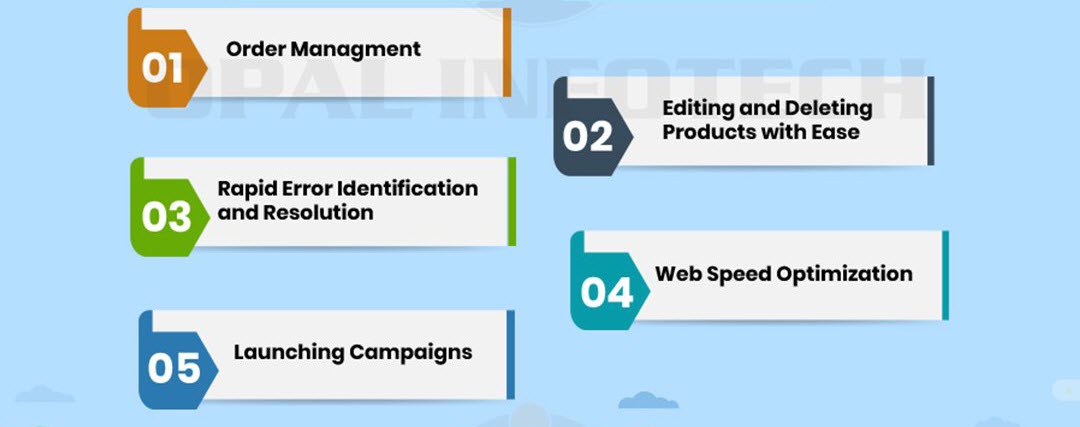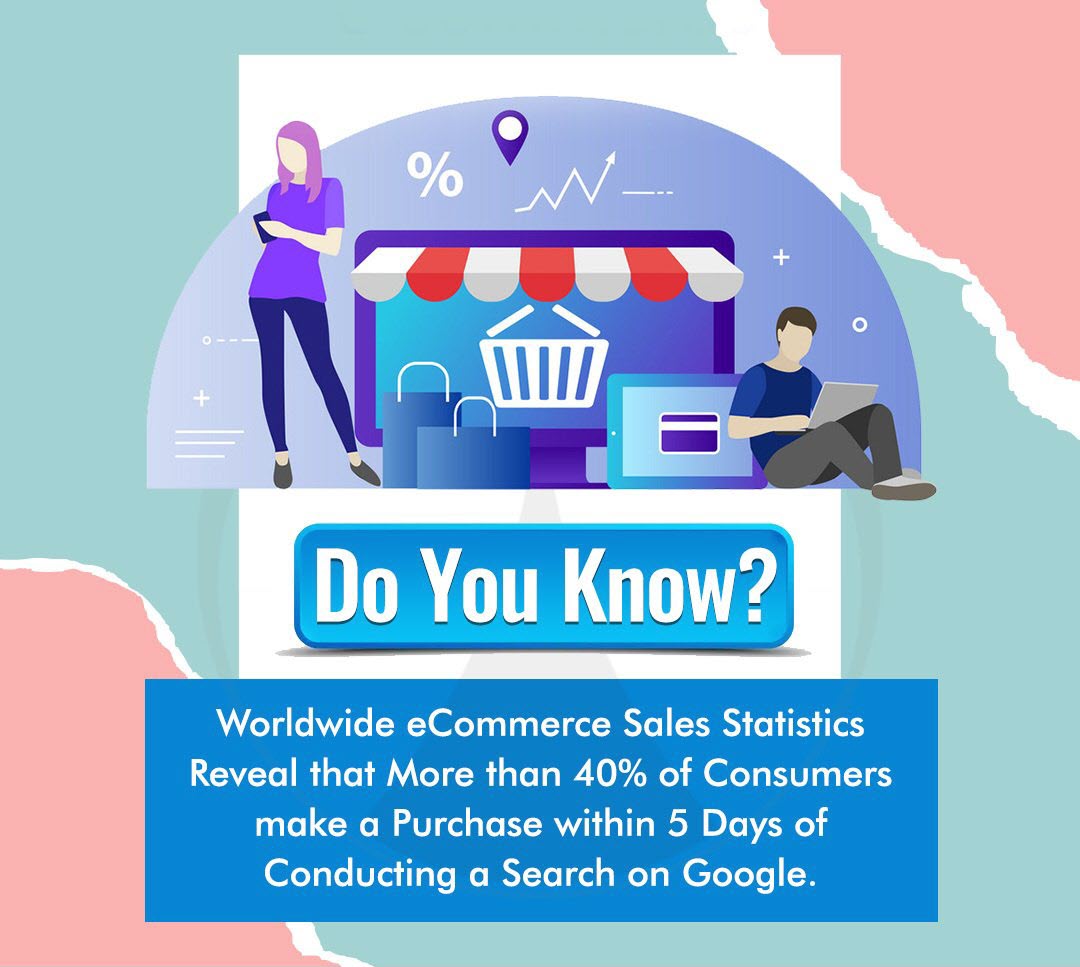Metrics for your eCommerce website are crucial to making data-based decisions and improving your store’s performance. You should focus on the metrics that have the most impact on your bottom line. Avoid vanity metrics that have little impact on your overall business. Vanity metrics include page views, the number of unqualified leads in your sales funnel, and social media “likes”. Ecommerce metrics are important because they can warn you of problems before they cause damage.
The Importance of Shopping Cart Abandonment Metrics in eCommerce Website
Several metrics are available to gauge the success of your e-commerce website, including sales conversion rates and bounce rates. Each metric aims to help you improve your site’s performance. The first, or conversion rate, tells you how many visitors bought something from your website.
The second metric measures the percentage of visitors who leave your site without taking any action. This action could be a purchase, signup, or anything else. A third metric measures the number of users who abandon their shopping carts. Several factors can cause customers to abandon their shopping carts, including a confusing checkout process or hidden charges.
Another metric to monitor is the average number of pageviews. This is a good way to determine how easily your customers find your products. If visitors are abandoning the cart after viewing only one page, this could indicate a problem. A high number of page views per session could also be an indicator of a growing email list.

Cost Per Acquisition Metrics for an eCommerce Website
When determining the success of your eCommerce website, it is important to consider cost per acquisition (CPA) metrics. This measure helps you determine which acquisition channels are most effective and which ones do not. It is important to monitor your CPA to ensure your marketing budget is being spent on the right channels. Moreover, it is important to know how much you can afford to spend on each acquisition channel so that you can target the right ones. It is also important to consider your average order value (AOV) for every acquisition channel, as this metric will help you determine the average value of each order made by your customers.
Calculating Conversion Rate for an eCommerce Website
Your eCommerce website’s conversion rate measures how effective your website is at converting visitors into customers. Most analytics tools will provide this metric, and you can also calculate it manually. If your conversion rate is low, you’re likely not making your site’s objectives work. In addition, it shows whether your website is easy to navigate, whether your product prices are competitive, and whether it runs smoothly. When all of these factors come together, your eCommerce website’s conversion rate can be a key success metric.
In general, the conversion rate of your eCommerce website is calculated as the percentage of visitors who convert into customers. Conversion rates vary depending on the number of visitors and the goals they’ve set for their shopping experience. For example, a site with 50 visitors and 50 sales will have a conversion rate of 25 per cent. A conversion can be any action that results in the desired outcome, such as clicking on a button, purchasing a product, or becoming a customer. Many e-commerce sites and apps have multiple conversion goals, and each one has a different conversion rate.
Ideally, your conversion rate should increase over time. However, if it drops significantly, you may need to fix your website. According to a significant report published by a reliable source, the average e-commerce website conversion rate was 5.2%. Another important metric to measure the success of your e-commerce website is the average order value. This metric can help you gauge your revenue and set realistic goals for new customers.

The Importance of eCommerce Website Return Visit Rate
The return visit rate of your e-commerce website can give you a good indication of the success of your online business. If your website is not attracting a lot of traffic, then it is a good idea to increase your return visitor rate to keep your traffic high. A high return visit rate means your visitors are returning to your site regularly. You can boost your return visit rate by adding relevant content to your site, getting backlinks from popular websites, and running Google Ads Campaigns.
The return visit rate can also be linked to the amount of time the audience spends on your website. The longer the audience stays on your website, the higher the return visit rate will be. It also indicates that your content is valuable to your audience. A high return visit rate can be achieved by offering high-quality content and appealing to the eyes of your audience.
Besides returning visitors, you should also measure customer lifetime value. This metric helps you evaluate the viability of your business over the long term. A high CLV means you have found the right product-market fit, have loyal customers, and are earning recurring revenue from those customers. Customer lifetime value should be a constant monitoring point for an e-commerce business. Optimising it can help you maintain a steady growth rate.

Final Thoughts
You may assess your strengths and potential areas for eCommerce website development using these indicators to gauge the performance of your online store, and you’ll be well on your way to building a profitable e-commerce firm. Therefore, if you want to flourish in such a volatile industry, you must continually improve your e-commerce business and adapt to changing technology, trends, and client preferences.











